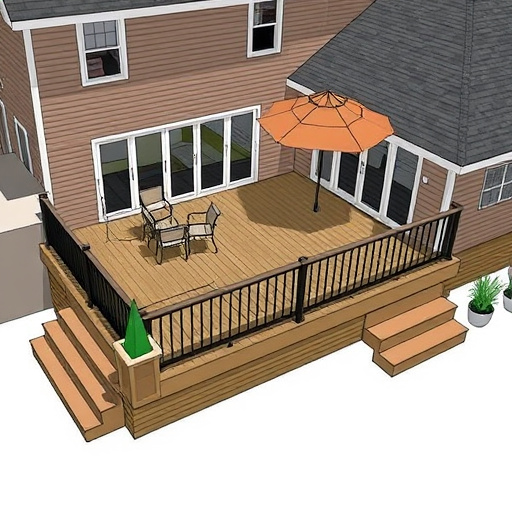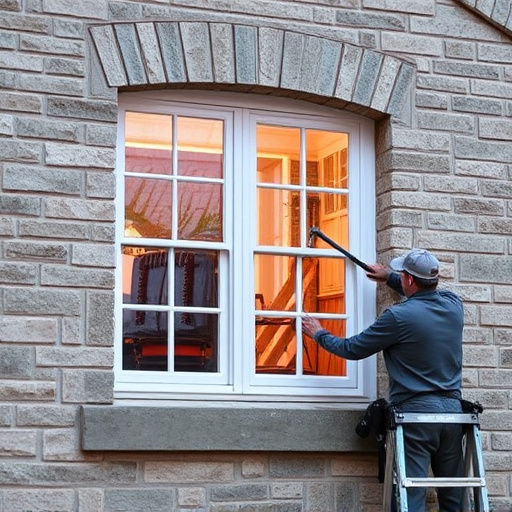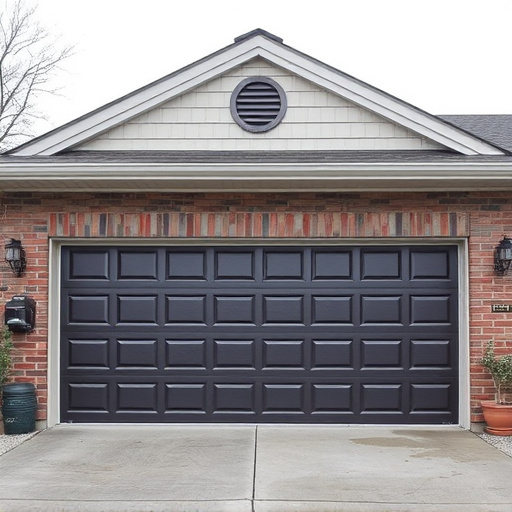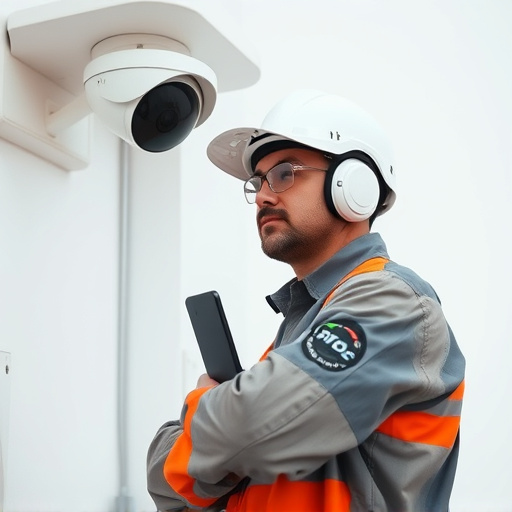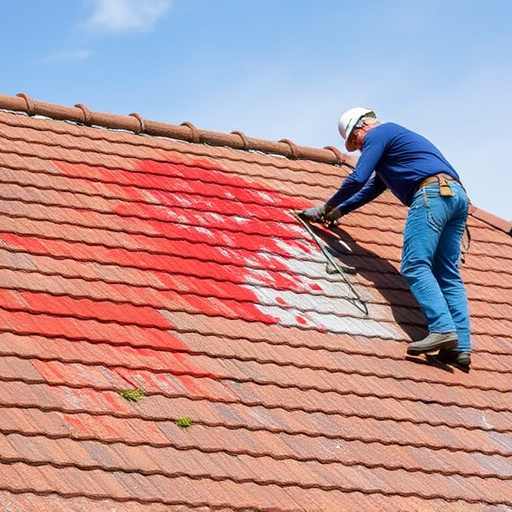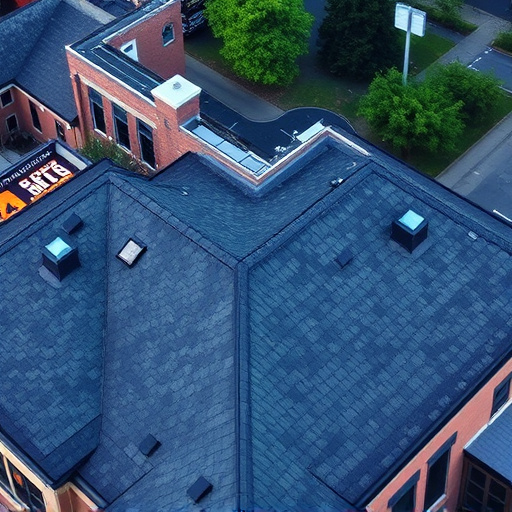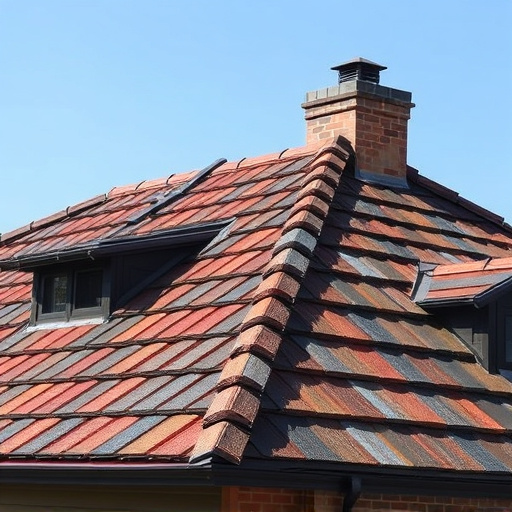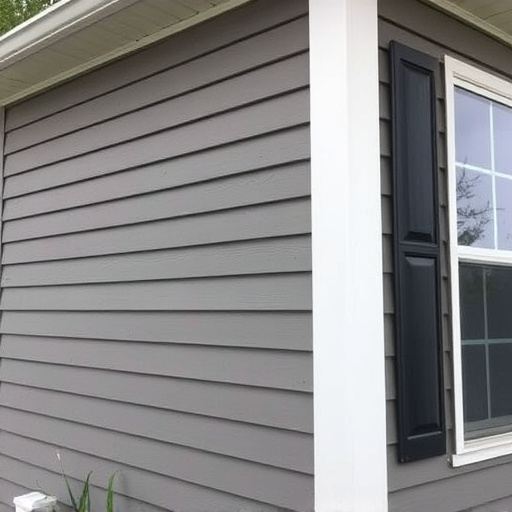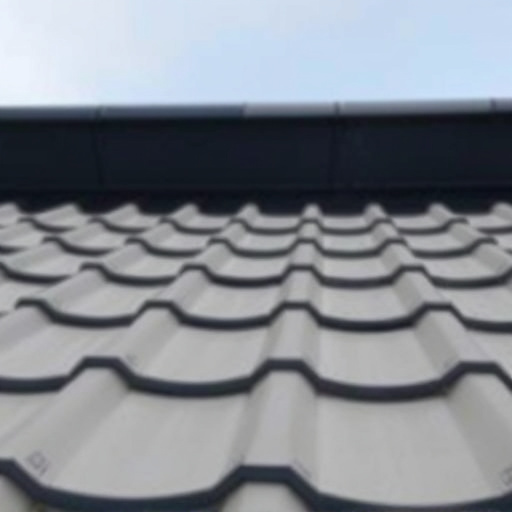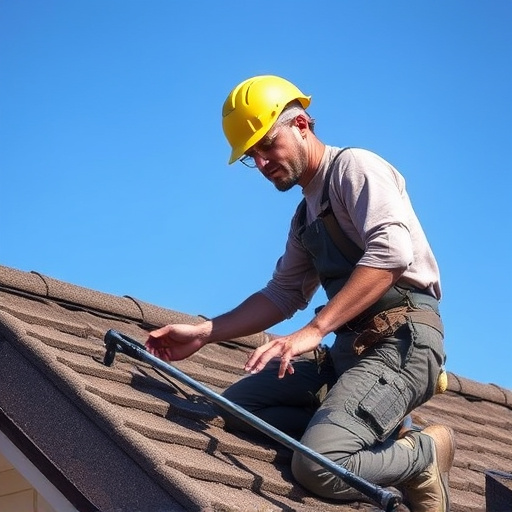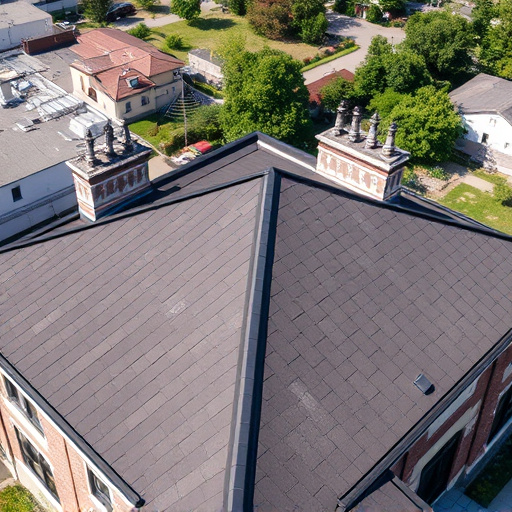Fiber siding, though durable, is prone to water damage from poor drainage, improper flashing, or gaps around openings. Inspect for discoloration, blisters, peeling, mold growth, and warping near windows and doors. Early detection of signs like bulging siding, discolored spots, and peeling paint prevents structural compromise and saves costs. Regular checks and professional assistance ensure fiber siding's longevity and integrity.
Inspecting water damage in fiber siding walls is crucial for maintaining your home’s exterior integrity. This guide delves into the process, equipping you with essential knowledge about fiber siding and its vulnerabilities to moisture. We outline effective visual inspection techniques and highlight common signs of water damage, along with potential causes. Understanding these will enable you to promptly identify issues, ensuring the longevity and aesthetic appeal of your fiber siding.
- Understanding Fiber Siding and Water Damage
- Visual Inspection Techniques for Walls
- Common Signs and Potential Causes to Look For
Understanding Fiber Siding and Water Damage
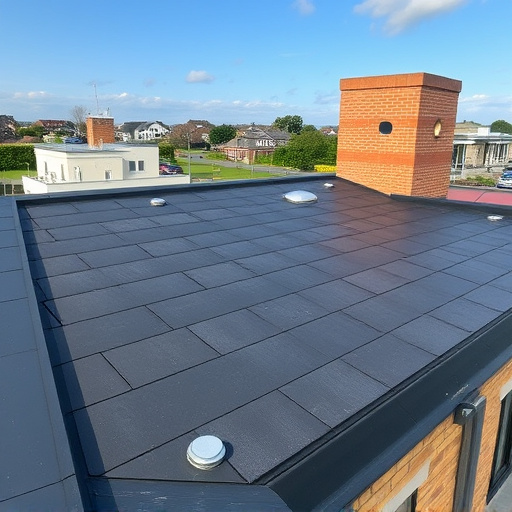
Fiber siding, known for its durability and low-maintenance appeal, is a popular choice for exterior cladding. However, like any material, it’s susceptible to water damage over time. Understanding how water can infiltrate and affect fiber siding walls is crucial for homeowners and commercial property managers alike. This knowledge enables prompt identification of issues and the need for professional siding services or roofing solutions.
Water damage in fiber siding can manifest in various ways: from visible moisture stains on the surface to more subtle signs like warping, peeling, or softening of the material. These problems often arise due to inadequate drainage, poorly installed flashing, or gaps around windows and doors. In severe cases, water penetration can lead to structural issues and even mold growth behind the siding—a significant concern that requires immediate attention. Recognizing these potential challenges is the first step in maintaining the integrity and longevity of fiber siding walls.
Visual Inspection Techniques for Walls
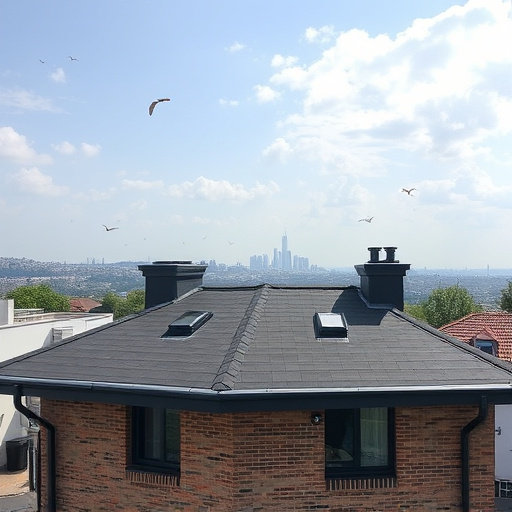
During your visual inspection, start by examining the overall appearance of the fiber siding walls. Look for any signs of discoloration, blisters, or peeling, which could indicate water penetration. Check for missing or damaged shingles and inspect the seams to ensure they’re secure. Also, observe if there are any visible mold or mildew growth, as these are clear indicators of water damage within the walls.
Pay close attention to areas where water is likely to gather, such as corners, joints, and around windows and doors. Inspect for any warping or swelling in these zones. Ensure that the siding is properly attached to the underlying structure and there’s no sign of rot or decay. Regularly check exterior home improvements like siding and gutters, as they play a crucial role in preventing water damage to residential siding.
Common Signs and Potential Causes to Look For
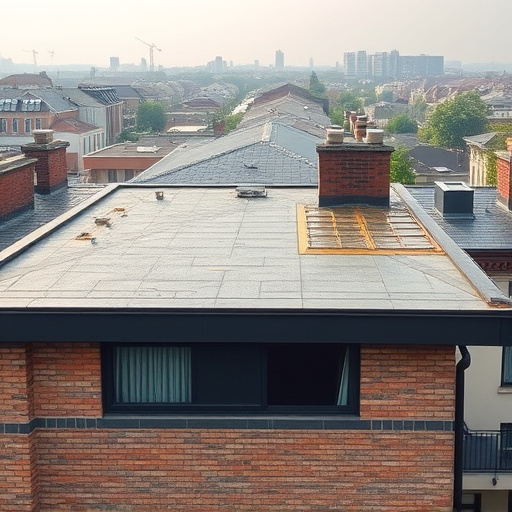
When inspecting your fiber siding walls for water damage, it’s crucial to be aware of the common signs and potential causes. One of the most visible indicators is the presence of mold or mildew, which can appear as discolored spots or blotches on the surface. This often results from excessive moisture seeping through cracks or gaps in the siding, especially if the area is poorly ventilated. Another telltale sign is peeling or blistered paint, suggesting underlying wood deterioration caused by prolonged water exposure.
Additionally, keep an eye out for warped or bulging siding panels, which may indicate structural damage due to water infiltration. These issues can arise from improper installation, poor drainage systems, or nearby leaks from roofs or pipes. Regularly inspecting your fiber siding and addressing any signs of water damage promptly is essential for maintaining the integrity of your exterior home improvements and preventing costly siding replacement in the long run. Professional siding services can also assist in thorough assessments and effective solutions.
When inspecting your home’s fiber siding walls for water damage, a thorough visual assessment is key. By understanding the potential signs and common causes outlined in this article—from visible mold growth to warped panels—you can effectively navigate the process. Regular visual inspections empower you to address issues promptly, ensuring the longevity and integrity of your fiber siding. Stay vigilant, be proactive, and keep your home’s protective exterior in top condition.
